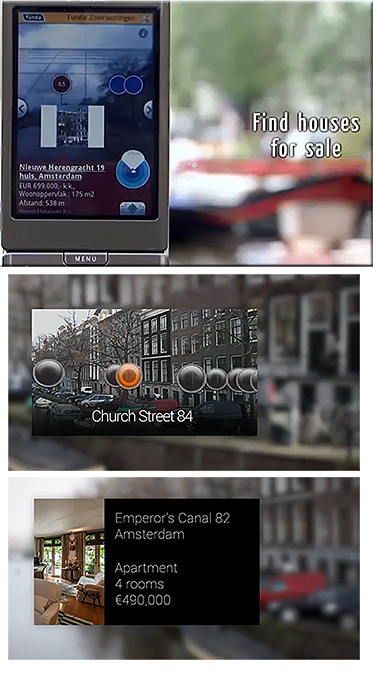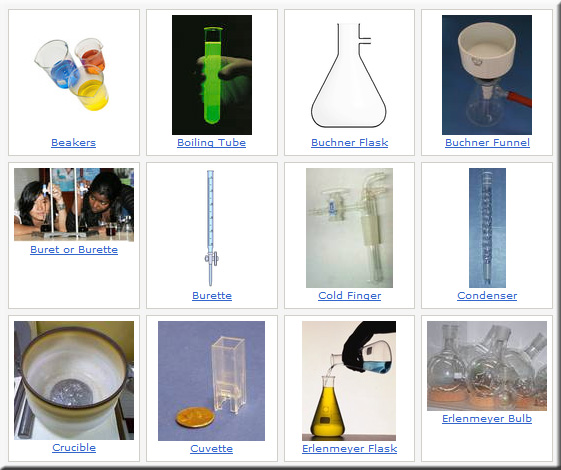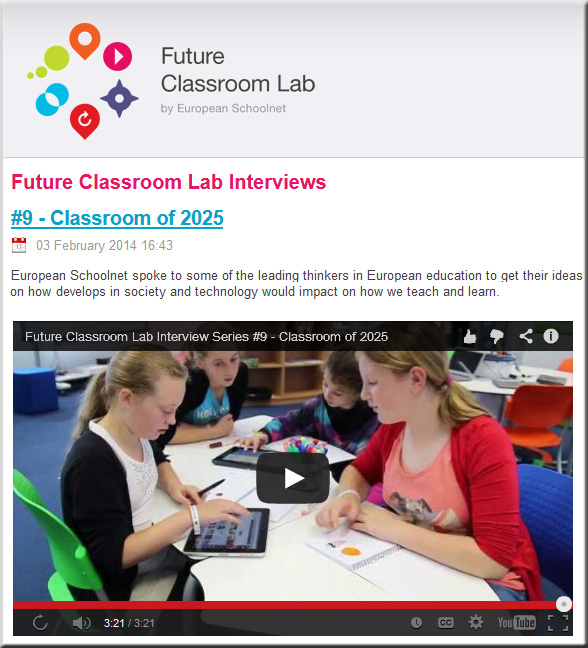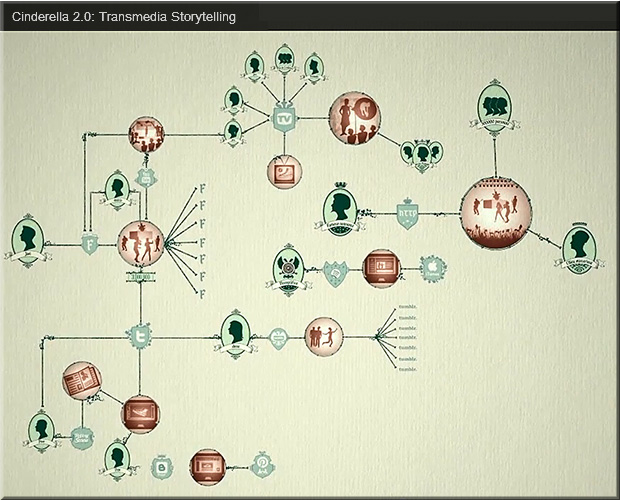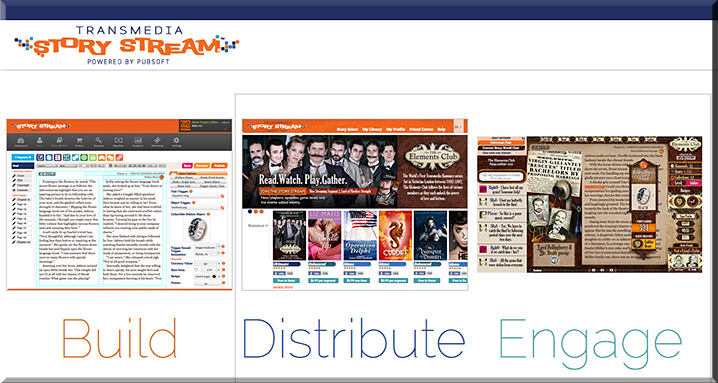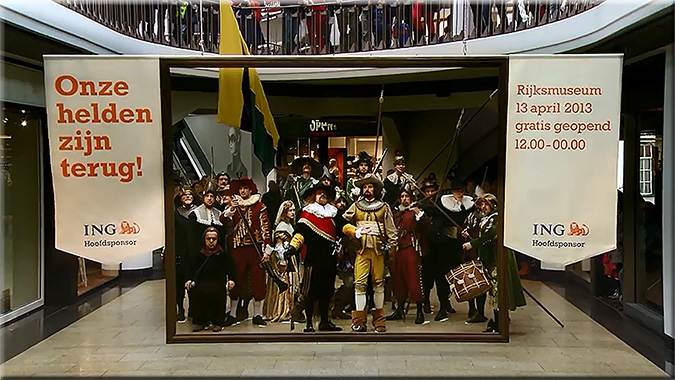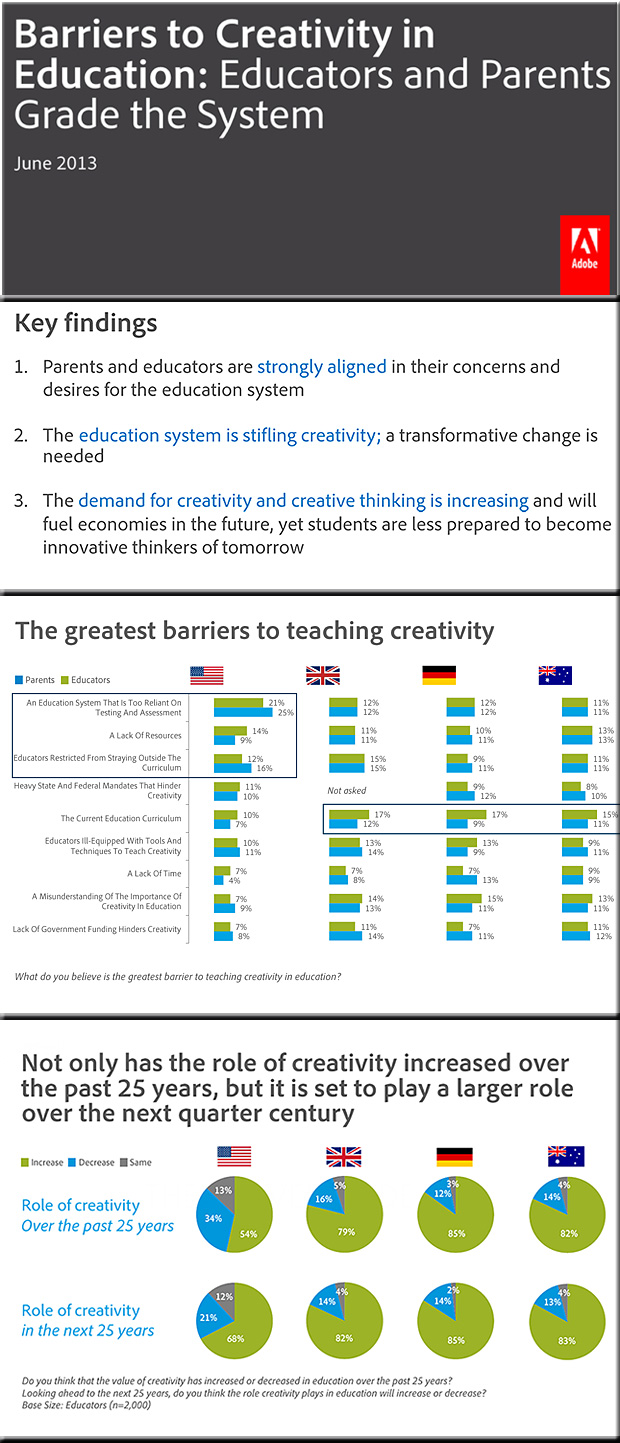Trends and breakthroughs likely to affect your work, your investments, and your family
Excerpts:
At the outset, let me say that futurists do not claim to predict precisely what will happen in the future. If we could know the future with certainty, it would mean that the future could not be changed. Yet this is the main purpose of studying the future: to look at what may happen if present trends continue, decide if this is desirable, and, if it’s not, work to change it.
The main goal of studying the future is to make it better. Trends, forecasts, and ideas about the future enable you to spot opportunities and threats early, and position yourself, your business, and your investments accordingly.
How you can succeed in the age of hyperchange
Look how quickly our world is transforming around us. Entire new industries and technologies unheard of 15 years ago are now regular parts of our lives. Technology, globalization, and the recent financial crisis have left many of us reeling. It’s increasingly difficult to keep up with new developments—much less to understand their implications.
And, if you think things are changing fast now, you haven’t seen anything yet.
In this era of accelerating change, knowledge alone is no longer the key to a prosperous life. The critical skill is foresight.
7 ways to spot tomorrow’s trends today
- Scan the media to identify trends
- Analyze and extrapolate trends
- Develop scenarios
- Ask groups of experts
- Use computer modeling
- Explore possibilities with simulations
- Create the vision









